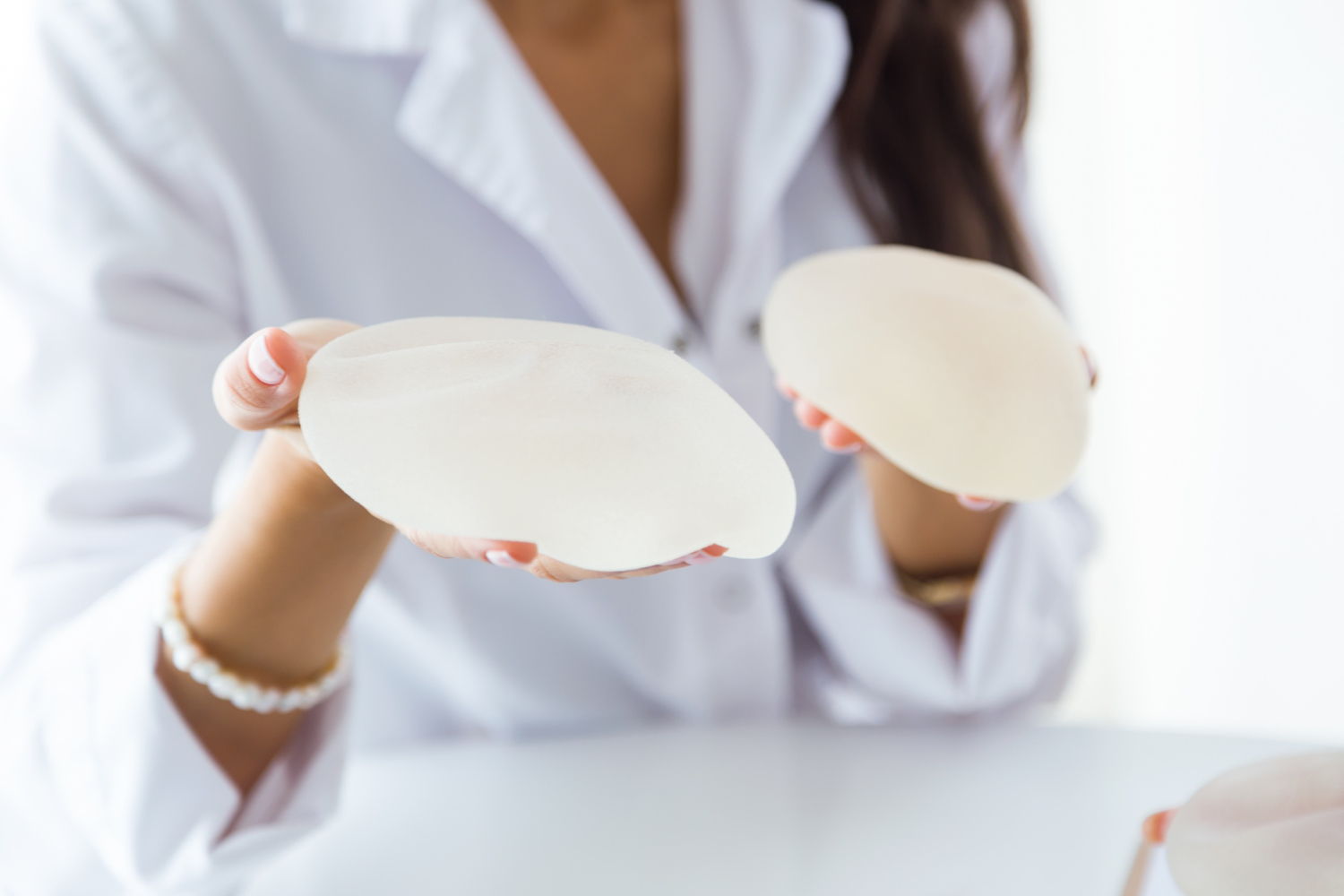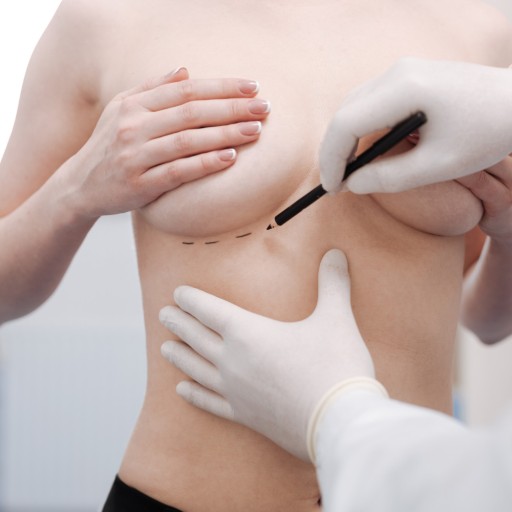Breast Correction
2 results foundUnderstanding the Options and Their Benefits toward Improving One's Self-Image: Breast Correction
Breast correction describes several procedures and treatment to improve appearance, symmetry, or function of the breasts. Whether due to natural factors like aging, pregnancy, or genetics, or due to medical conditions or surgery, breast correction offers a way for individuals to know and restore their self-image and confidence. In this article, we explore different breast correction options, the benefits, risks, and what to consider before opting for such a procedure.
What Is Breast Correction?
Breast correction is a generic term that describes both surgical and nonsurgical procedures aimed at altering the shape, size, or position of one's breasts. This may include procedures such as augmentation, lifting, reduction, or even reconstructive surgery following mastectomy. These days, breast correction can also refer to correcting asymmetry or abnormalities due to genetic disorders, injuries, or changes in the breasts with age.
Breast Augmentation: Enlarging the Size and Shape
Breast augmentation is one of the most popular forms of breast correction, in which the size of the breasts is increased with implants or fat transfer. The women who feel that their breasts are too small, or would like to regain the lost volume following pregnancy or weight loss, commonly opt for it. The procedure involves inserting silicone or saline implants into the breast tissue to achieve a fuller and more proportionate look. Fat transfer is another method, where fat from other areas of the body is used to augment the breasts, providing a more natural feel.
Breast Lift: Restoring Firmness and Shape
Over time, factors like aging, gravity, pregnancy, and breastfeeding can cause the breasts to sag. A mastopexy, or breast lift, is a surgical procedure that removes excess skin and reshapes the tissue of the breast into a more youthful and lifted position. This can also be performed in conjunction with augmentation for women desiring to address size and sagging simultaneously. One can greatly improve the contour of one's breasts through a breast lift, thus restoring one's confidence in appearance.
Breast Reduction: Relieving Physical Discomfort
In some women, large breasts give rise to physical discomfort such as neck and back pains, skin irritation, and difficulties in undertaking physical activities. A breast reduction involves removing extra breast tissue, thereby shaping it into more manageable size. The benefits of a breast reduction go beyond aesthetics-many women experience remarkable relief from chronic pain and discomfort. Reduction mammaplasty may be covered by insurance in cases if medically indicated due to physical symptoms.
Breast Reconstruction: Restoring Form After Mastectomy
Breast reconstruction is a surgical procedure intended for women who have gone through mastectomy due to breast cancer and other health-related issues. The main aim of a breast reconstruction is to rebuild the shape of the breast using implants or tissue from other parts of the body. The procedure helps these women regain a sense of wholeness and self-confidence. With the improvement in breast reconstruction techniques, natural results can now be achieved to help restore not only the appearance but also the emotional well-being of the patients.
Correction of Breast Asymmetry: Symmetrization
It is pretty common for women to possess asymmetric breasts, one larger or differently shaped than its counterpart. Correction of breast asymmetry involves such procedures as augmentation, reduction, or lift of one or both breasts to make the areola more balanced. In this way, symmetry can greatly help women in building positive body images and self-confidence. A qualified surgeon is capable of determining the degree of asymmetry and advising on the most appropriate treatment to result in a harmonious look.
Non-Surgical Options: Enhancement without the Knife
For those who are not ready for surgery, there are several non-surgical breast correction options available. These include dermal fillers, fat transfer, and even nonsurgical breast lifts. For example, dermal fillers can be injected to enhance volume in the breast area or improve the contours of sagging breasts. These treatments are usually effective for more subtle and temporary results, but they may become an excellent option for women seeking to correct minor issues without the need to go through a lengthy recovery period.
Things to Consider Before Breast Correction
The patient should give due consideration to the following factors before breast correction:
Professional Consultation: A board-certified plastic surgeon will evaluate the individual's aims and talk through options and advise on the best procedure to suit his or her needs.
Health and Medications: Many health conditions or drugs could prevent somebody from undergoing an operation. One should discuss one's medical condition with a physician.
Recovery and Risks: Surgery requires some level of recovery time. Though generally safe, breast correction procedures may mean a risk of infection, scarring, or complications with implants.
Cost: The cost for correcting the breasts greatly varies based on the type of surgery, location, and expertise of the surgeon. Some operations, such as reducing the size of the breasts, can be covered under insurance policies if it is medically necessary.
Long-Term Outcomes: Patients should not expect unrealistic results regarding the outcomes. As much as the correction to the breast will substantially improve, no procedure can be permanent; aging and weight changes might affect the outcome of the operation over time.
Conclusion
Breast correction surgery offers a myriad of options for patients desiring to enhance their breast form and function. Whether one is considering augmentation, a lift, reduction, or reconstruction of the breasts, these operations can help restore self-confidence and relieve physical discomfort. It is very important to work with an experienced surgeon who will guide you through the decision-making process and assure you that your procedure of choice meets your goals and expectations. Always take the time to look into it, understand the risks versus the benefits, and make an informed decision for the best outcome with one's body and well-being.


